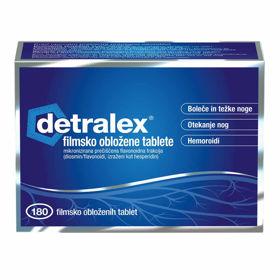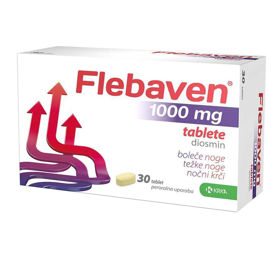Interesting customer forum questions and answers
What leads to blocked veins? Who is more likely to develop chronic venous insufficiency?
Deep vein thrombosis (DVT) is the most common cause of chronic venous insufficiency. A blood clot damages a valve in a leg vein. People with a history of DVT face a higher risk of developing chronic venous insufficiency. Women tend to be up to three times more likely to develop this vein disease than men - this is mainly because changes in hormone levels can weaken the walls of the veins and affect the function of the valves. In fact, due to hormonal changes, people who are pregnant or have already had multiple births are also at greater risk.
How can we stimulate the cleansing of the veins?
Some blockages, such as temporary blockages in the legs, are best treated with a catheter-based procedure called angioplasty. During angioplasty, the vascular surgeon places a catheter with a balloon in the artery and inflates it, thus releasing the blockage.
Is angioplasty a painful procedure?
You may feel pressure in the area where the catheter is inserted. You may also feel slight discomfort when the balloon is inflated and your artery is stretched, but you should not normally feel any sharp pain during the procedure.
How can I reduce the symptoms of heavy legs due to venous disease?
The medicine Detralex is used in the treatment of symptoms of chronic venous disease. Venous disease manifests itself as: painful or tired legs, a feeling of heavy legs, itching, night cramps in the legs, the appearance of varicose veins in the legs and swelling of the legs.
What does Detralex contain?
Detralex contains flavonoids which belong to the group of stabilizing drugs capillaries. Flavonoids increase the tone of veins and the resistance of capillaries, help to reduce the formation of edema and have anti-inflammatory effects.
Interesting reading: Vein cleansing tea
Interesting reading: Detralex - side effects











